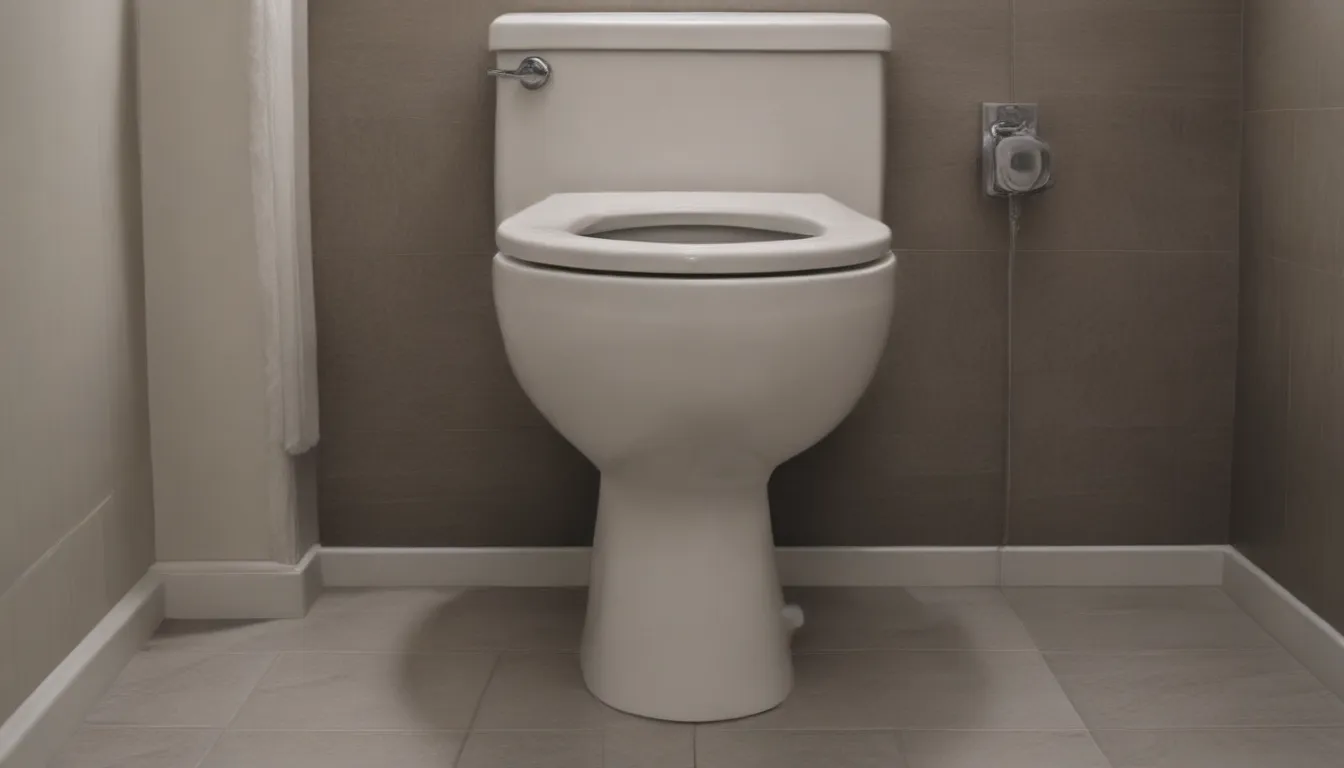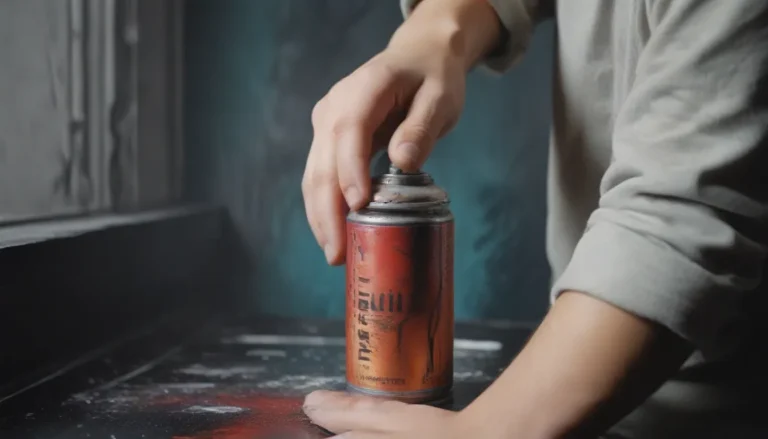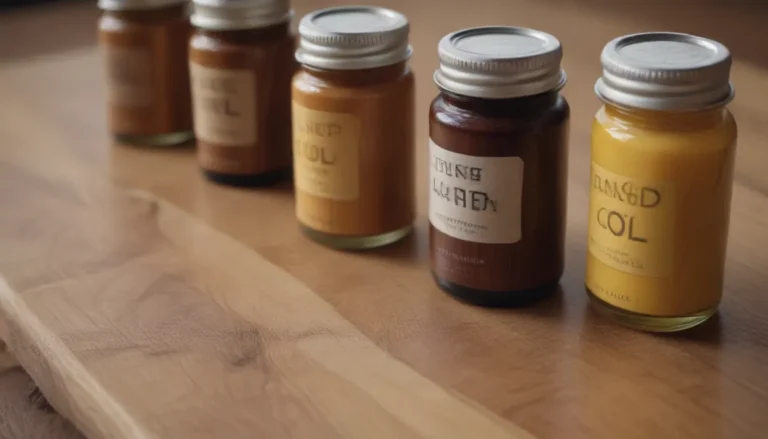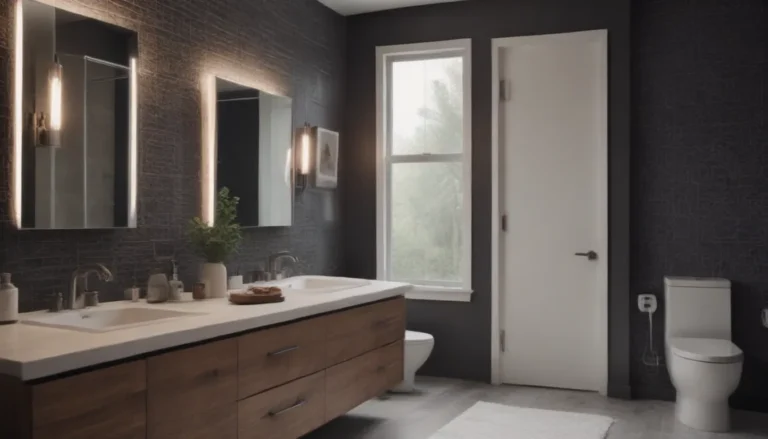How to Unclog a Toilet Without a Plunger: 7 Effective Methods

If you’ve found yourself facing a clogged toilet and realized you don’t have a plunger handy, don’t worry! There are several alternative methods you can try to unclog your toilet without the need for a plunger. In this comprehensive guide, we’ll explore seven different ways to unclog a toilet without a plunger. Best of all, you probably already have most of these items in your home, making these solutions easily accessible. So, let’s dive in and learn how to tackle this common household issue using different techniques.
Why Avoid Chemical Drain Cleaners
Before we delve into the various unclogging methods, it’s important to note why it’s best to avoid chemical drain cleaners. While they may seem like a quick fix, these harsh chemicals can actually cause damage to your pipes over time. Additionally, chemicals like bleach can harm the necessary enzymes and bacteria in your septic system. Instead of resorting to chemical cleaners, opt for safer alternatives that are gentle on your plumbing system.
Quick Tip:
As you work on unclogging your toilet, you may need to flush it multiple times. To prevent overflow while you’re working, simply close the flapper in the tank by disconnecting the chain leading to the arm. Remember to reattach the chain once you’ve successfully cleared the clog.
7 Ways to Unclog a Toilet Without a Plunger
1. Baking Soda and Vinegar
- Materials needed: baking soda, distilled white vinegar
- Instructions:
- Remove excess water from the toilet using a cup.
- Pour a cup of baking soda into the toilet.
- Follow it up with distilled white vinegar until it begins to fizz.
- Allow the mixture to fizz, which can help break down the clog.
2. Hot Water
- Materials needed: hot water
- Instructions:
- Turn on your warm water and let it heat up as much as possible.
- Remove water from the toilet using a plastic cup.
- Fill a large cup with hot water and pour it directly into the toilet’s drain hole.
- The combination of heat and water pressure may help dislodge the clog.
3. 2-Liter Bottle Method
- Materials needed: 2-liter bottle, hot water
- Instructions:
- Empty any remaining water in the toilet.
- Fill a 2-liter bottle with hot water.
- Lower the bottle into the drain hole and squeeze to release the hot water with pressure.
- This method can help increase water pressure to tackle stubborn clogs.
4. Wire Hanger Trick
- Materials needed: wire hanger
- Instructions:
- Bend a wire hanger until it’s straight.
- Insert the hanger into the toilet drain and use it to clear the clog.
- Be cautious to avoid scratching the porcelain while using this method.
5. Dish Soap
- Materials needed: dish soap
- Instructions:
- Pour 1/2-3/4 cups of dish soap into the toilet.
- The slippery nature of the soap can help lubricate the clog and make it easier to dislodge.
6. Wet/Dry Vacuum
- Materials needed: wet/dry vacuum
- Instructions:
- Remove excess water from the toilet using the wet vacuum.
- Fit the vacuum with a narrow tip and insert it into the drain to suck out the clog.
- Use rags to block air if you’re having trouble creating suction.
7. Closet Snake
- Materials needed: closet snake or toilet auger
- Instructions:
- If all else fails, use a closet snake to clear stubborn clogs.
- The specialized tool can navigate the toilet’s drain system and remove tough blockages effectively.
Preventing Toilet Clogs
While knowing how to unclog a toilet is essential, prevention is always better than cure. Here are some tips to help you avoid future clogging issues:
- Only flush toilet paper down the toilet. Avoid flushing items like wipes, paper towels, feminine hygiene products, and other non-dissolvable items.
- Regularly clean your toilet to prevent the buildup of debris and grime that can contribute to clogs.
- Consider installing a toilet paper holder with a small trash can nearby for disposing of non-flushable items.
By following these prevention tips and knowing how to effectively unclog a toilet without a plunger, you can keep your bathroom in working order and tackle clogs with confidence.Remember, each toilet is different, and some methods may work better for your specific situation than others. Be patient and persistent, and you’ll soon have your toilet running smoothly once again.





